Piriformis Syndrome is a condition that results in pain and discomfort in the buttocks and lower back. It is caused by the irritation of the piriformis muscle, which is located deep in the buttocks. Cardio exercise is important for overall health and can also be beneficial for managing Piriformis Syndrome. The objective of this article is to explore the best cardio exercises for individuals with Piriformis Syndrome.
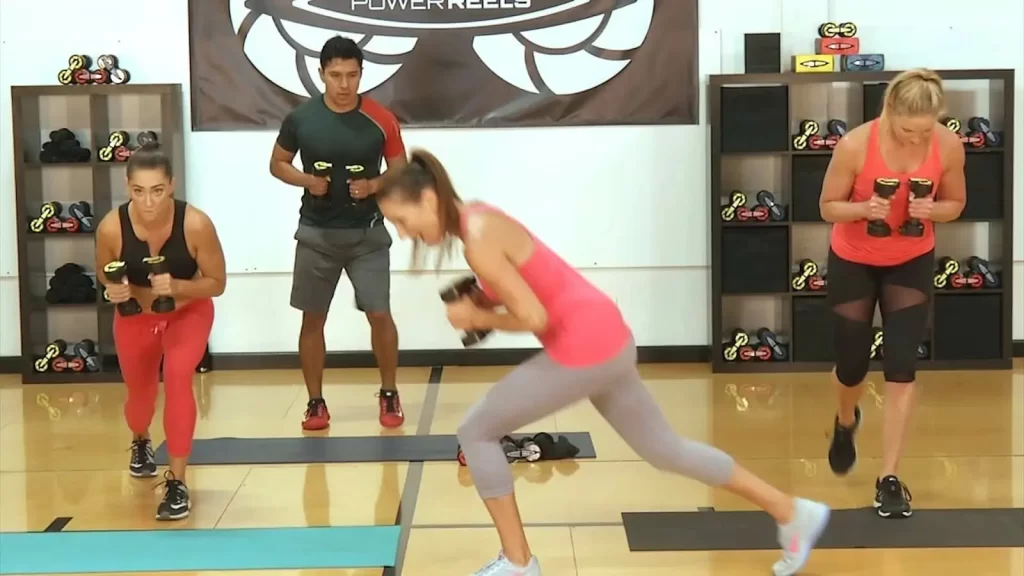
Causes and Symptoms of Piriformis Syndrome
Piriformis Syndrome can be a debilitating condition that negatively impacts an individual’s daily life. One of the main causes of Piriformis Syndrome is injury, such as a fall or direct trauma to the buttock area. Overuse is also a common cause, especially for athletes or individuals who engage in repetitive movements such as running or cycling. Muscle imbalances, such as weak glutes or hip flexors, can also contribute to the development of Piriformis Syndrome.
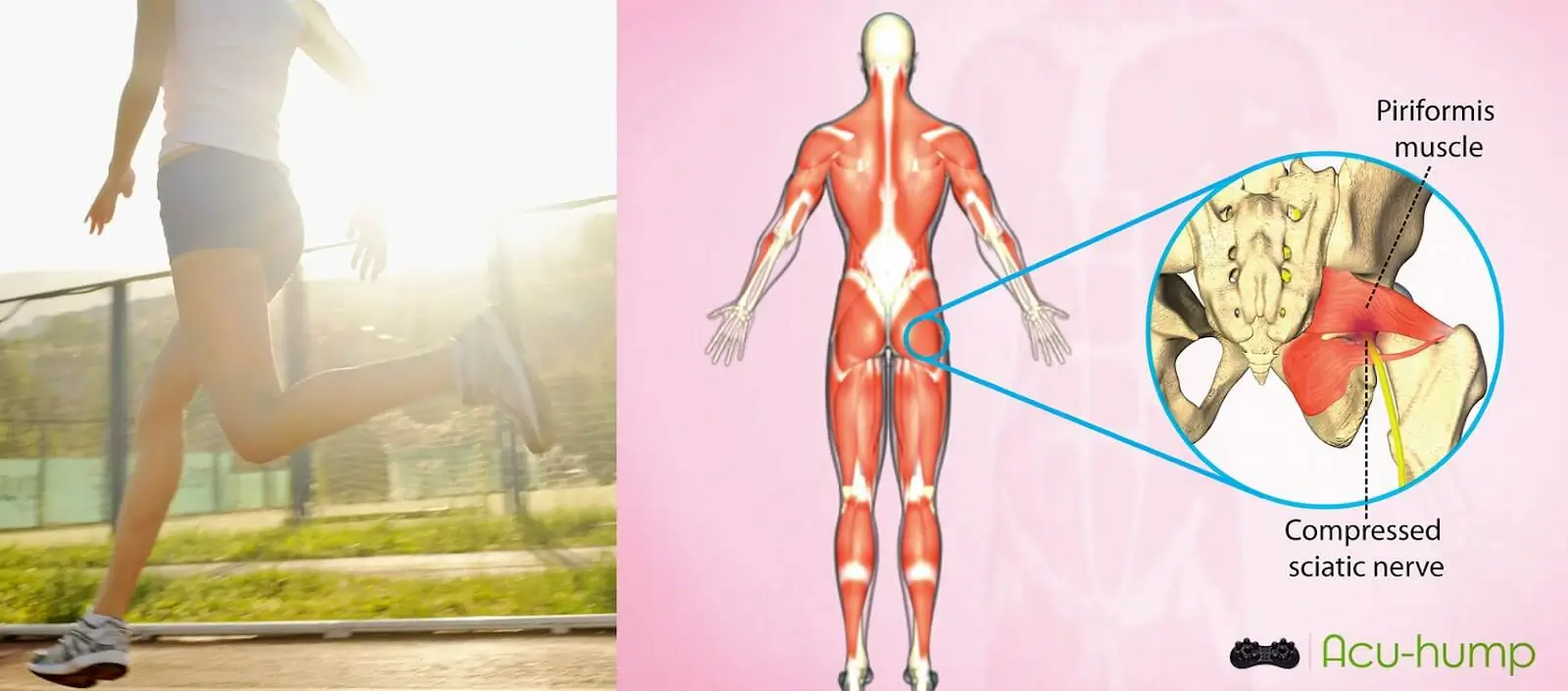
Symptoms of Piriformis Syndrome typically present as pain in the buttocks, often accompanied by stiffness and difficulty sitting for long periods. Numbness and tingling may also occur in the lower legs and feet due to compression of the sciatic nerve. In severe cases, individuals may struggle with walking or performing daily activities.
It is important to address Piriformis Syndrome as soon as symptoms develop to prevent further muscle imbalances and worsening of symptoms. One of the most common mistakes individuals make is avoiding physical activity due to pain. However, inactivity can lead to further muscle weakness, reducing overall mobility and increasing the severity of symptoms. It is important to seek medical advice and engage in appropriate physical activity to reduce the risk of worsening the condition. Proper diagnosis and treatment can help manage Piriformis Syndrome to improve overall mobility and reduce pain and discomfort.
Importance of Cardio Exercise for Piriformis Syndrome
Cardio exercise, also known as aerobic exercise, is a type of physical activity that involves large muscle groups and elevates the heart rate. It is an essential component of a healthy lifestyle and has numerous benefits for both physical and mental health. By increasing blood flow to the muscles, cardio exercise can promote the healing process and reduce inflammation, making it an effective way to curing.
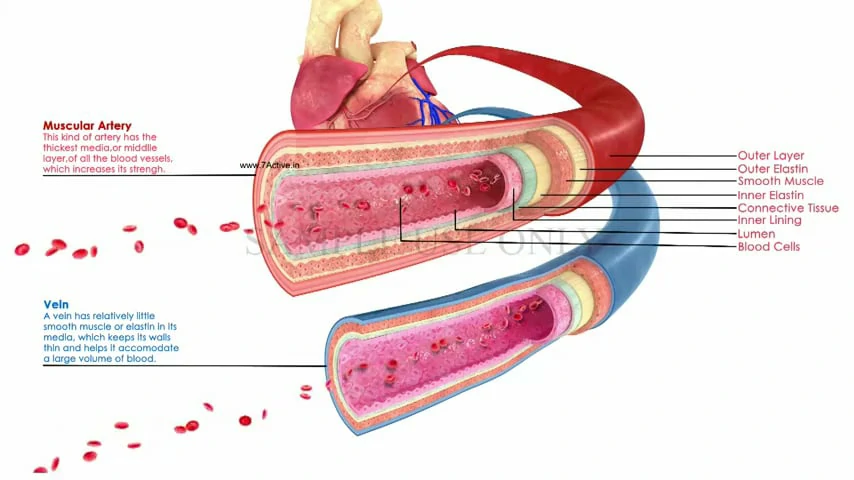
In addition to promoting healing, cardio exercise can also improve overall cardiovascular health, reducing the risk of heart disease, stroke, and other related conditions. By strengthening the heart and improving blood flow throughout the body, regular cardio exercise can help reduce the risk of injury and improve overall stamina and endurance.
For individuals with Piriformis Syndrome, cardio exercise can be a valuable tool in managing pain and reducing stiffness. Low-impact exercises such as cycling, walking, and swimming are excellent choices for individuals who experience pain while engaging in higher-impact exercises, such as running or jumping. These exercises allow for increased blood flow to the muscles without placing unnecessary stress on the lower back and hips.
By incorporating regular cardio exercise into their routine, individuals with Piriformis Syndrome can experience significant improvements in their overall health and wellbeing. With proper guidance and monitoring, cardio exercise can be a safe and effective way to manage the symptoms of Piriformis Syndrome and improve overall quality of life.
Best Cardio Exercises for Piriformis Syndrome
When searching for suitable cardio exercises, it is vital to select those that do not put excessive pressure on the lower back while still targeting the glutes and hip flexors. Low-impact exercises like cycling, walking, yoga, and swimming are good options as they provide cardiovascular exercise and do not involve excessive twisting movements, which is especially beneficial for individuals experiencing pain while engaging in higher impact activities.
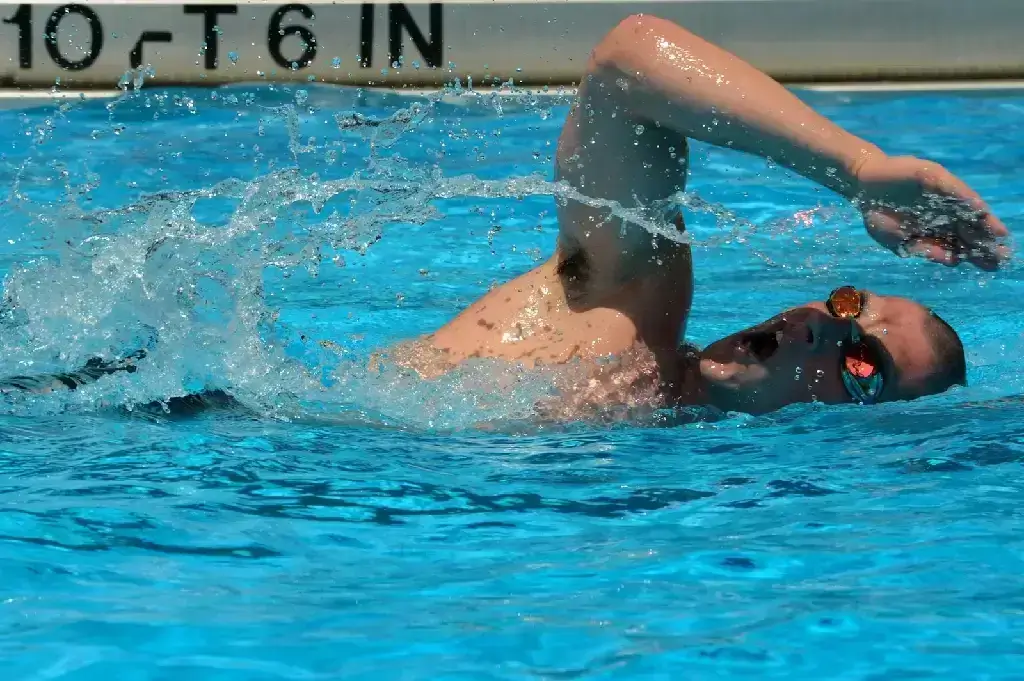
Furthermore, excessive cycling and walking can cause tight hip flexors which aggravate the piriformis muscle, resulting in further irritation. It is essential to balance cardio exercise with stretching and resistance training to alleviate these issues. Exercises that concentrate on the glutes and hip flexors, such as stair climbing and pedaling a stationary bike, can be effective in reducing Piriformis Syndrome symptoms. They provide a greater range of motion and promote better engagement of the hip muscles.
If you are already suffering from Piriformis Syndrome, stretching or swimming is the best choice for cardio exercise. For those who have developed Piriformis Syndrome due to excessive cycling and walking, it is important to explore different forms of exercise.

Additional Tips for Strengthening the Glutes and Hip Flexors
Resistance training and stretching can also be beneficial for individuals with Pirifoining can help strengthen the glutes and hip flexors, while stretching can help increase mobility and reduce stiffness. Proper posture and body mechanics should also be maintained to reduce the risk of further injury.
Acu-hump Relieve Piriformis Syndrome
Acu-hump is a piriformis release tool that is specifically designed to target the piriformis muscle through massage and stretching. It is a simple and effective way to alleviate pain and discomfort associated with Piriformis Syndrome. This device helps in improving the blood flow and reducing tension in the muscle, which is essential for a quick recovery.

Acu-hump: 30-day return policy. No risk for you.
Acu-hump possesses a unique shape that is specifically designed to reach and massage the piriformis muscle area. There are different ways to use this tool, but one popular method is to sit on the Acu-hump with the affected area placed directly on the device. The pressure can be adjusted according to individual preference and comfort. Through regular use, it offers sustained relief of muscle tension and soreness.

Furthermore, Acu-hump not only works as a massage tool but also as a stretch tool. It is an effective way to alleviate tightness and increase flexibility in the piriformis and surrounding muscles. It is a compact and portable tool that can be taken anywhere to use at any time.
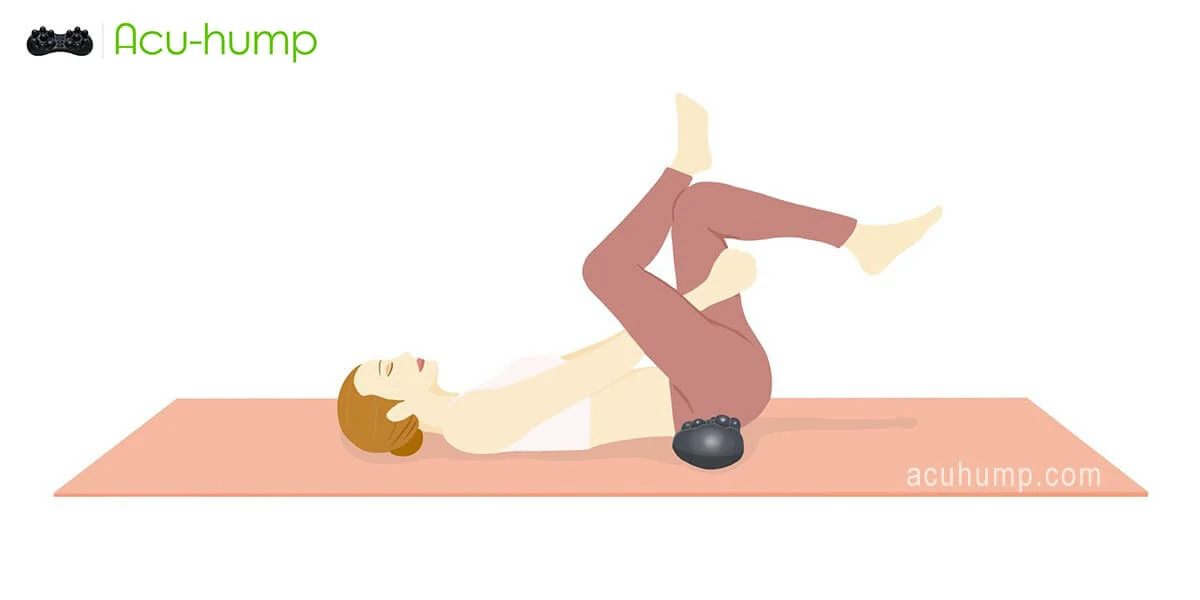
Acu-hump: Full refund policy. No risk for you.
Acu-hump is an extraordinary tool that can help individuals suffering from Piriformis Syndrome. It is easy to use and offers a non-invasive way to massage and stretch the piriformis muscle. Overall, it is an excellent investment for individuals looking for an effective and convenient way to alleviate their piriformis syndrome.
In conclusion, cardio exercise is an important component of managing piriformis syndrome. Low-impact exercises that target the glutes and hip flexors while avoiding excessive pressure on the lower back can help reduce pain and stiffness. Consulting with a health professional before beginning an exercise routine is recommended to ensure proper form and function.
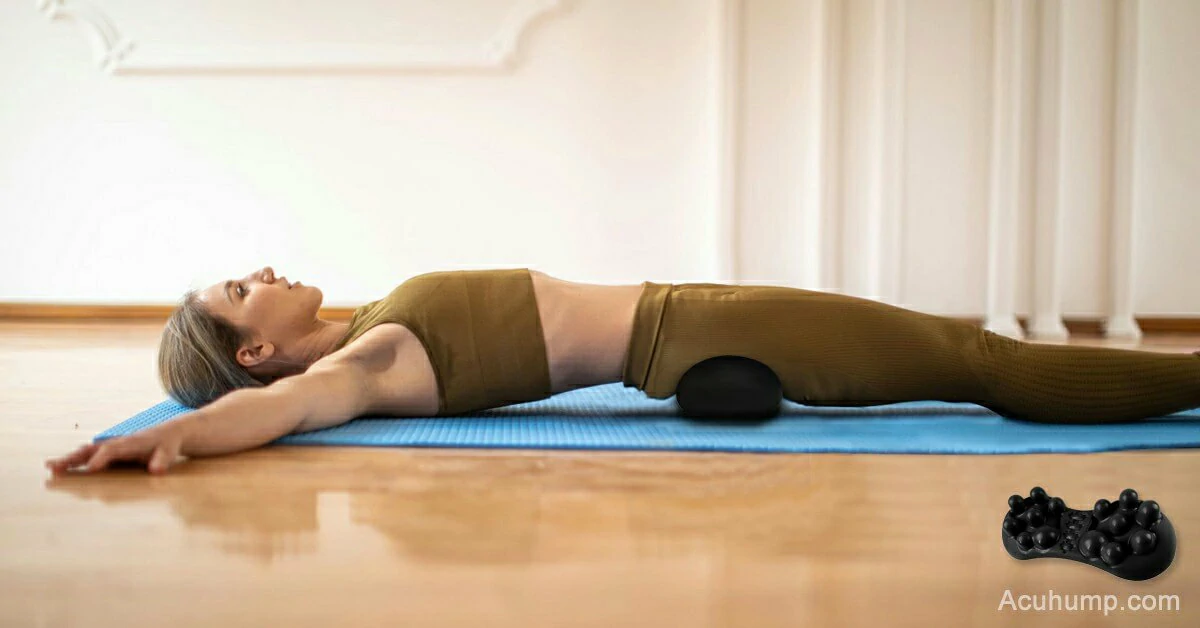
Acu-hump®
Release Butt & Lower Back
